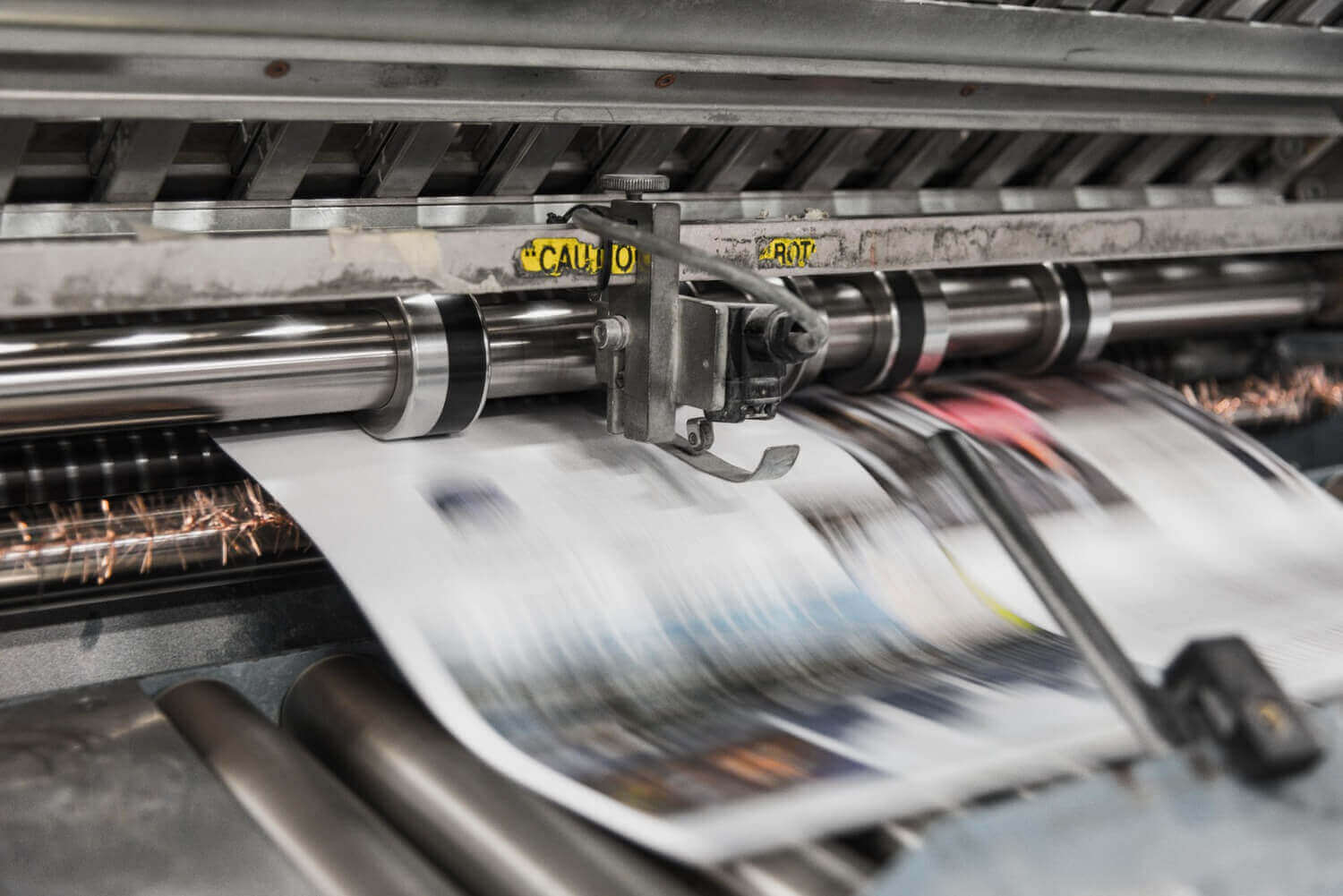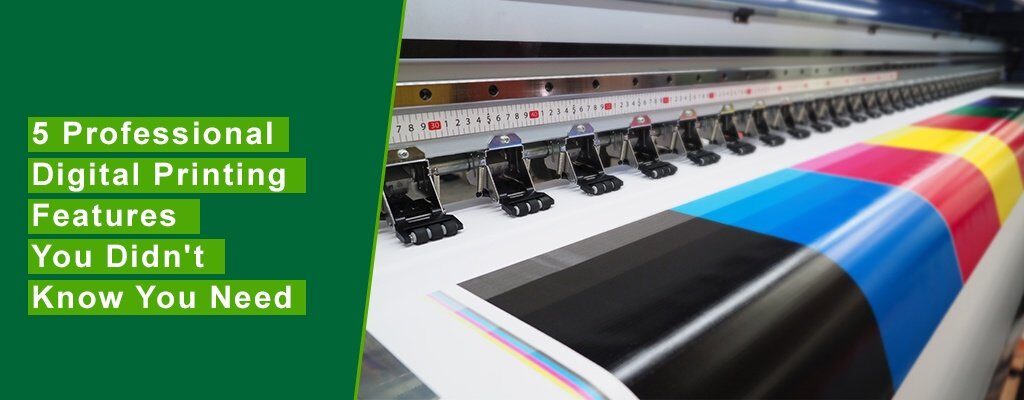Many creatives are converting their work into profit through print on demand.
Many creatives are converting their work into profit through print on demand.
Blog Article
Understanding Exactly How Digital Printing Reinvents the Printing Market
The printing industry, long soaked in traditional approaches, is going through an extreme makeover with the arrival of electronic printing. This innovative modern technology, which avoids the requirement for printing plates, makes it possible for quick manufacturing and personalization, improving the landscape of print interaction. With its possible to spur interaction through individualized material and to offer sustainable services, it's clear that digital printing is even more than a technical breakthrough; it's a critical game changer. However how exactly does it revolutionize the sector? Allow's discover.
The Development of Digital Printing: A Short Introduction
Given that its creation, digital printing has actually undergone considerable changes, continuously transforming the printing market. Its evolution started with the advancement of xerography in the mid-20th century, a procedure which laid the groundwork for printer. With the arrival of the 90s, electronic printing innovation began to develop, and the sector witnessed the intro of direct imaging presses, which removed the demand for publishing plates. As the brand-new millennium unravelled, innovations in technology additionally spurred the growth of electronic printing, bring about the creation of high-speed inkjet printers. These gadgets supplied exceptional top quality and speed, forever changing the landscape of the sector. Today, electronic printing stands as a testimony to human innovation, continually developing to satisfy the ever-changing demands of the modern-day globe.

Unboxing the Technology Behind Digital Printing
Exploring the details of digital printing innovation, one comes across a rich tapestry of sophisticated equipment and complex formulas. At the heart of this procedure exists a digital image, which is processed by software program that splits it right into a grid of dots. These dots are then exchanged an electronic code. This code is analyzed by the printer, which uses it to exactly deposit beads of ink onto the substratum. The droplets are so tiny and exact that they create an image that is practically equivalent from the original. This detailed system, boosted by advanced software application and high-resolution imaging, has actually transformed the landscape of the printing sector, leading the means for extraordinary levels of information and precision.

The Benefits of Digital Printing for Organizations
Recognizing the innovation behind electronic printing offers a clear picture of its precision and information. Electronic printing is ecologically friendly, utilizing much less ink and producing less waste. The full capacity of electronic printing is understood when used for modification and personalization, a topic that will be covered in depth in the next area.
The Function of Digital Printing in Modification and Personalization
While traditional printing techniques battle with customization and personalization, digital printing masters these locations. It enables the very easy change of designs, without the demand for costly and taxing plate changes (print on demand). This enables organizations to tailor products to specific customers, conference specific requirements and enhancing consumer contentment
Digital printing likewise enables variable information printing, where components such as message, graphics, and images might be transformed from one published item to the next, without decreasing the printing procedure. This is particularly helpful for direct marketing campaigns, where customized messaging can substantially boost action rates. This way, electronic printing not only transforms the pop over to this site printing sector but likewise changes the means organizations connect with their customers.
Evaluating the Environmental Impact of Digital Printing
Although digital printing has actually been admired for its duty in customization and visit their website personalization, it is crucial to analyze its ecological effect. Digital printing can be much less inefficient than conventional approaches, due to the fact that it operates a 'print on demand' basis, getting rid of the need for big print runs that can lead to surplus and waste. In addition, it uses less chemicals and generates much less unstable natural substances (VOCs) compared to counter printing. However, the power use of digital printers can be high, bring about raised carbon footprint. Moreover, using non-recyclable printing elements and the challenge of e-waste management position substantial ecological problems. While digital printing has several benefits, its environmental influence should be diligently handled.
Verdict
In conclusion, electronic printing has transformed the printing sector, supplying quick, economical, and premium remedies. It promotes personalization, enhancing customer interaction, and utilizes a lasting print-on-demand model. As this modern technology continues to evolve, its influence on business interaction, client satisfaction, and environmental sustainability comes to be progressively profound. Look At This Understanding these changes is critical for businesses to utilize the benefits of electronic printing successfully.
Report this page